Page Title or Main Heading
FinThrive
Summer 2023
This post is a "slightly" more concise version of this case study.
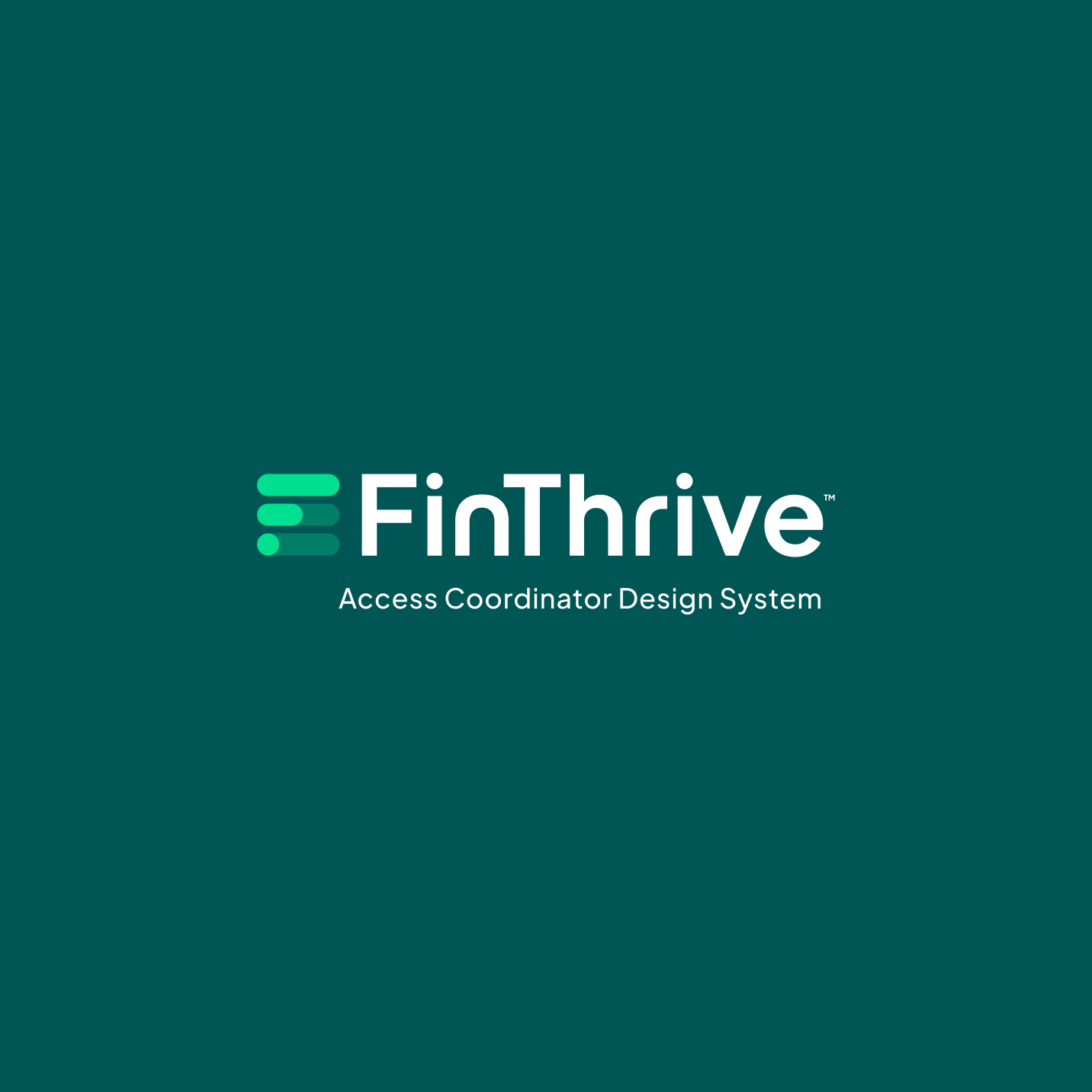
In summer 2024, I joined FinThrive as an intern on their UI/UX team. FinThrive develops revenue cycle management (RCM) software for healthcare companies, helping them simlify the patient payment process and ensure regulatory compliance.
Just before I joined, FinThrive had acquired another healthcare software product: Access Coordinator. The software had been designed by a separate agency and its documentation was... rough. Common issues included...
Missing Components
Early into surveying Access Coordinator's app design files, I noticed that the previous design team had, at some point, stopped updating their design system, instead opting to build directly into AC's app design files instead. This meant that...
- New components were missing from the design system file.
- Components lost cohesion, as they stopped relying on their design system.

Components and Variants
I suspect that the design files weren't originally created in Figma, because many of Figma's core features weren't utilized. Vitally, the component feature, which allows designers to create reusable components that will automatically sync with one another, was not used.
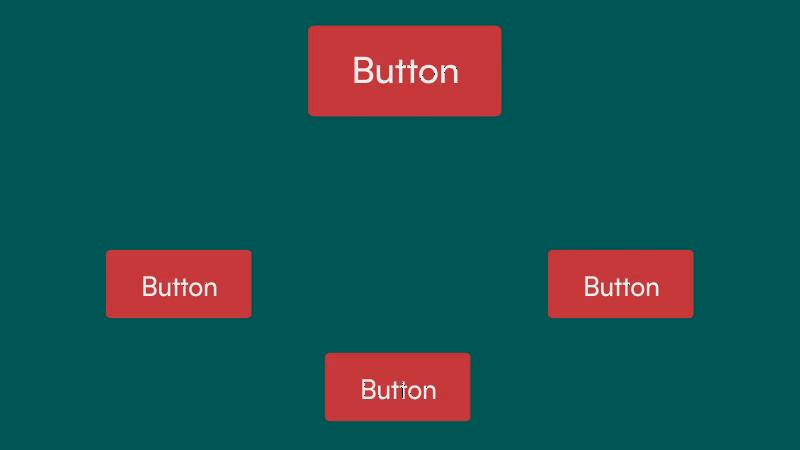
Poor Accessibility
- Components failed to pass color contrast standards.
- Inconsistent sizings of components (eg. icons) makes them difficult to use together.
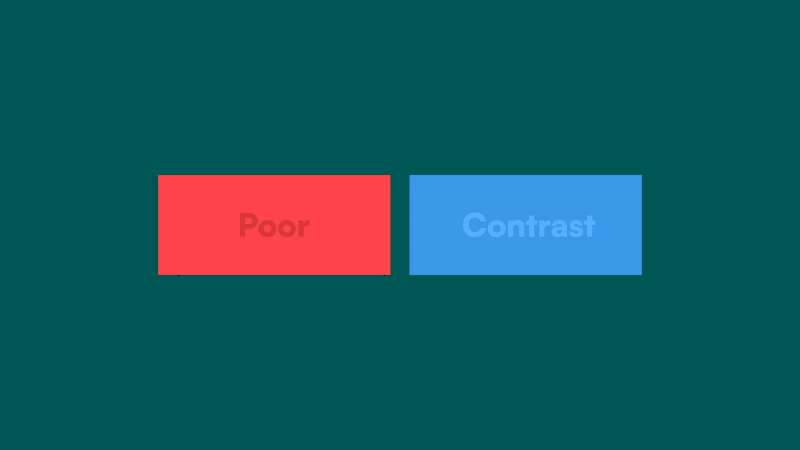
Finding Solutions
The most pressing issue I had to address was finding and replacing missing elements in the design system. This was mostly done by cross-referencing the design system files with the app design files and copying in the difference. Components discovered in this step include:
- Icons (many, many icons)
- Dropdowns
- Upload fields
- Text editors (WYSIWYG, rich-text, etc.)
- Navigation bar
- Pop-out windows
After completing the collection, I turned individual elements into reusable, recurring components. This involved recreating most of the items, as many of them had issues:
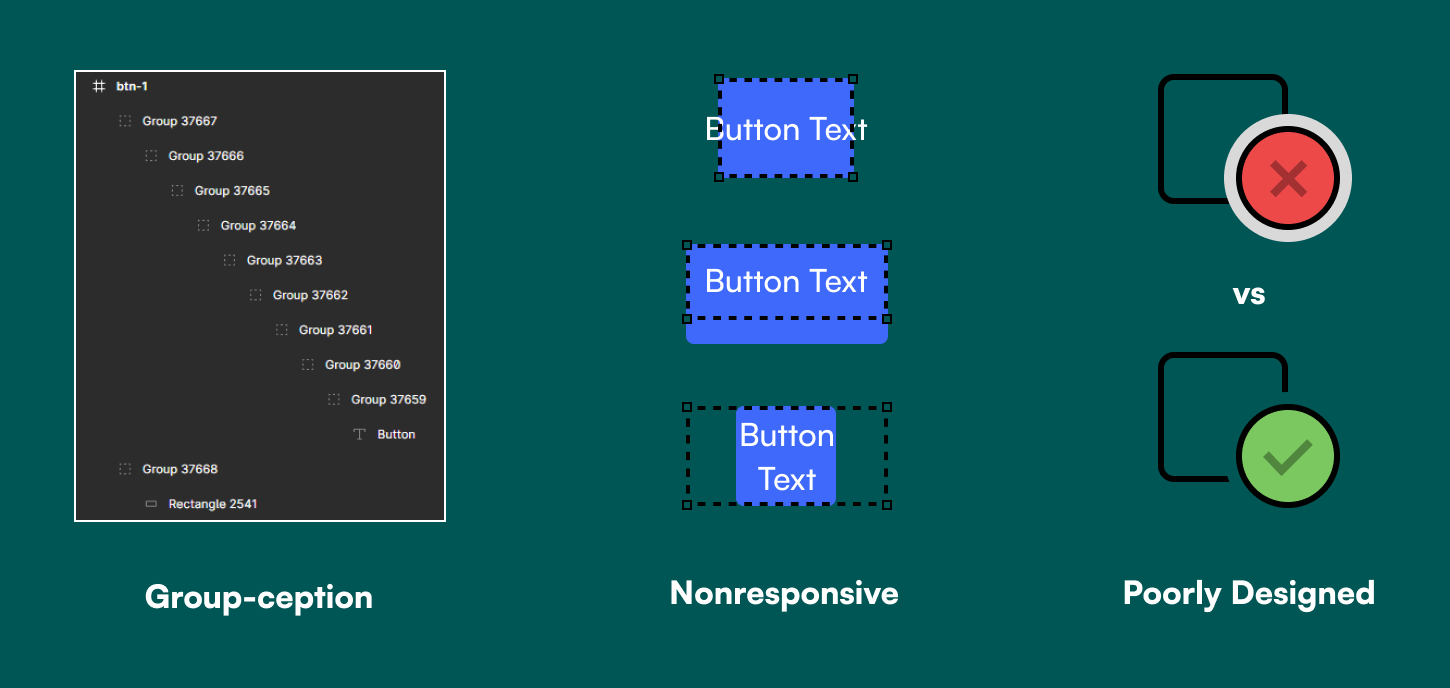
This step also involved designing components that were not just applicable to current designs, but also able to be used flexibly. Take, for instance, this dropdown component:
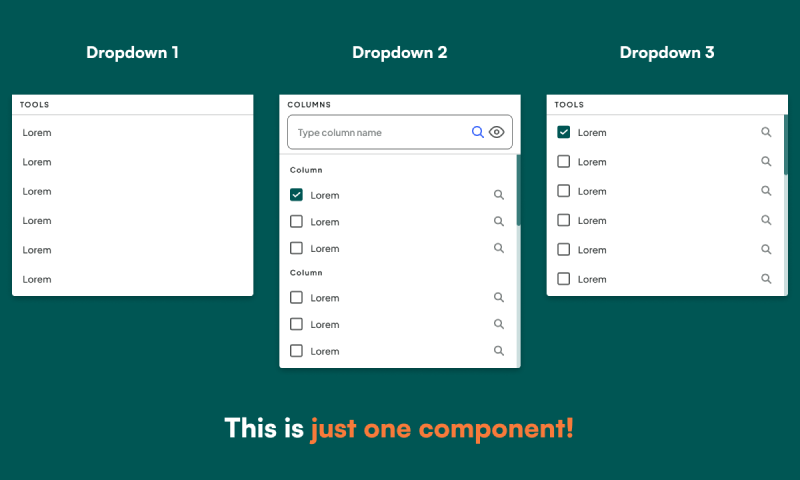
Conclusion
Overall, this internship helped me train my ability to work with expansive design systems and app files. It was the largest design system I've worked with yet and doing so really helped me hone my Figma skills.